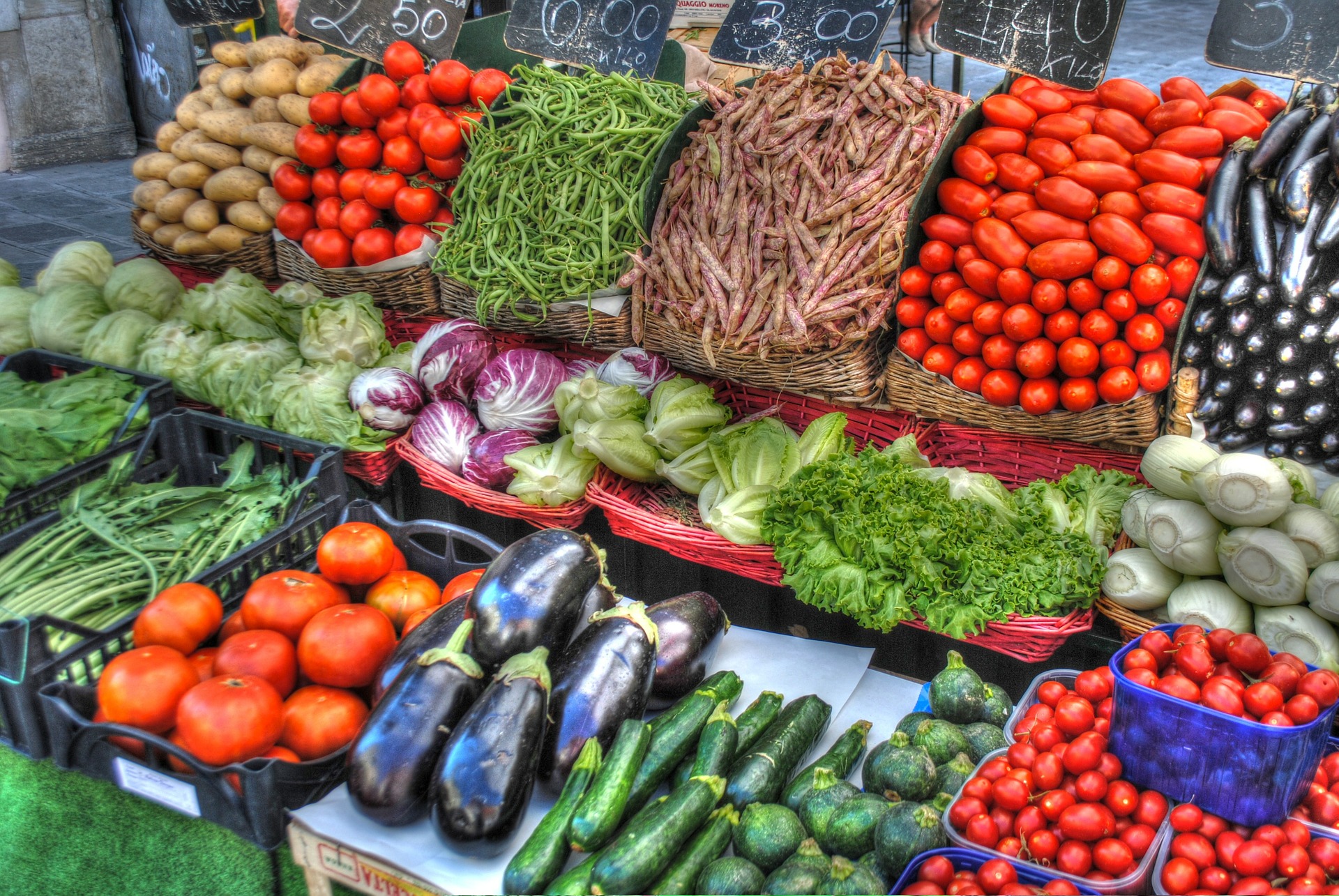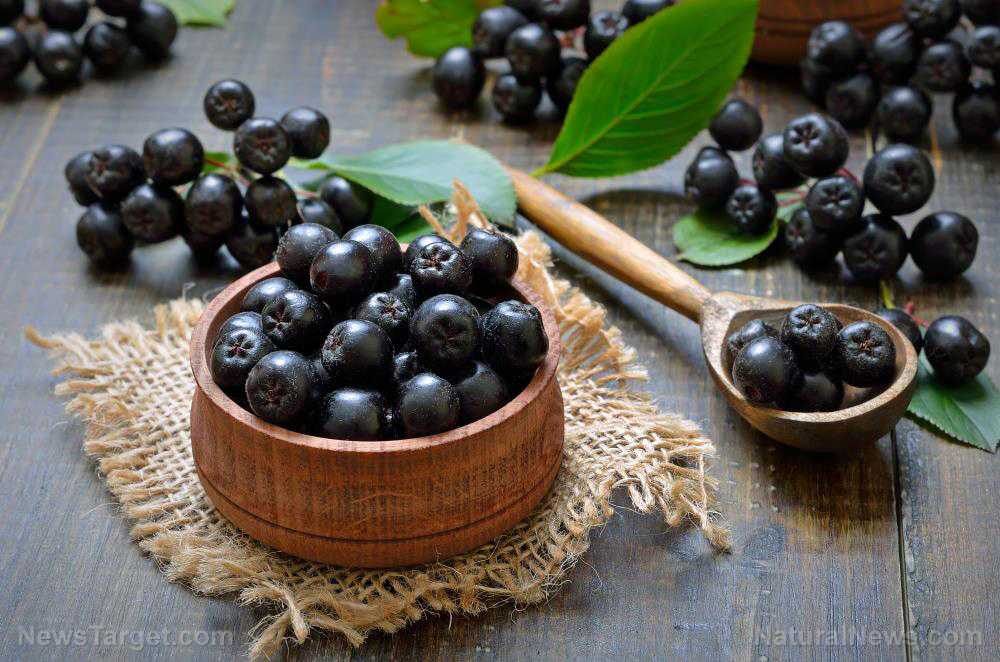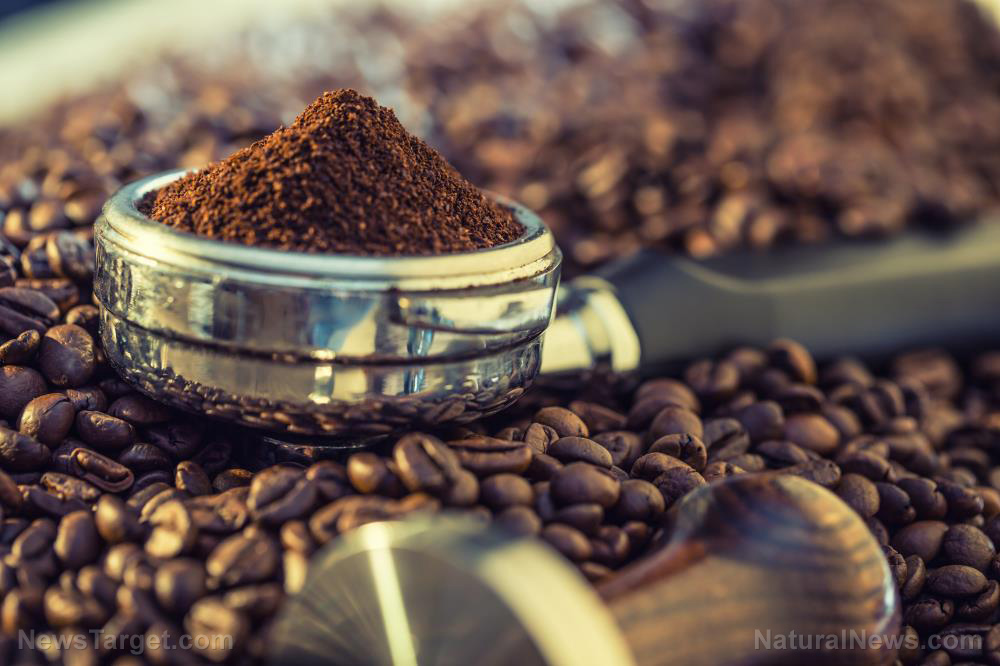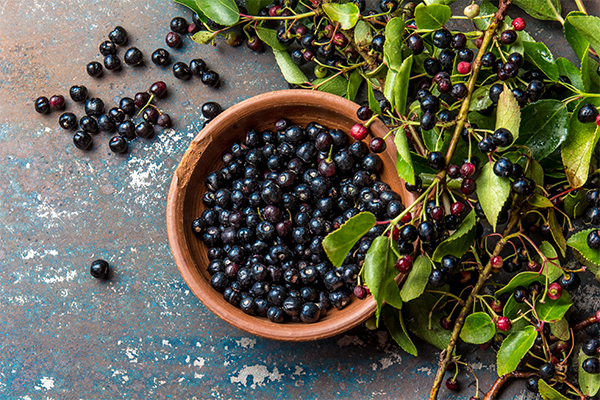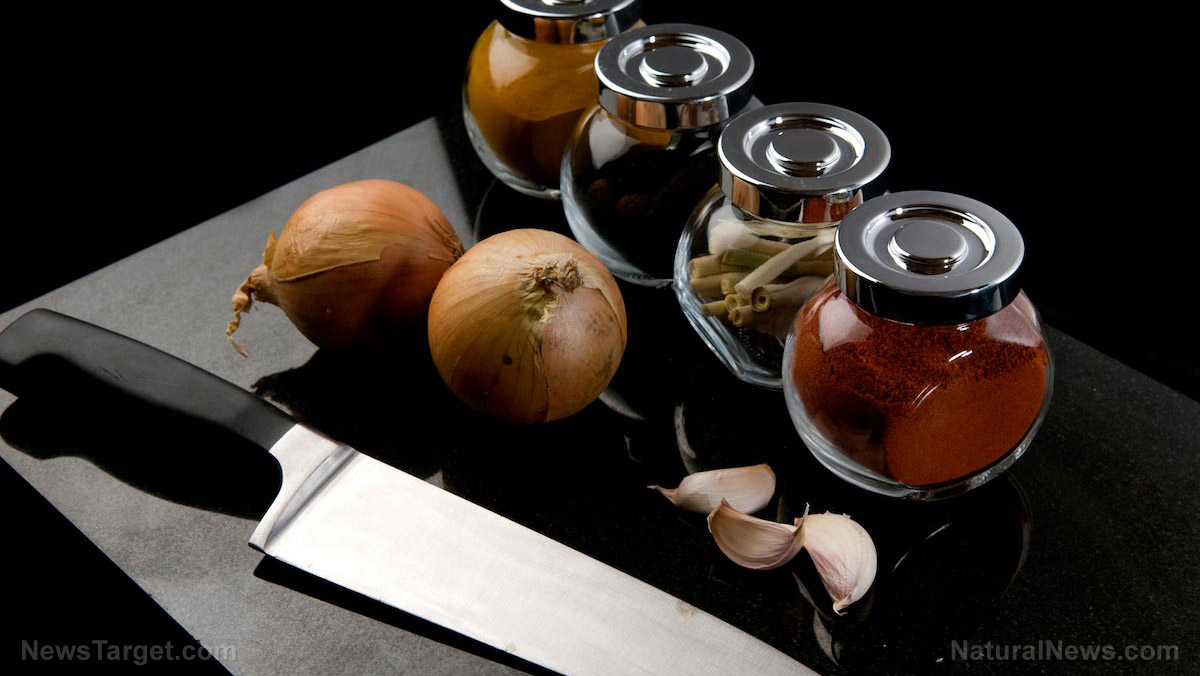The black ridge oak from Asia found to inhibit glucose, shows promise as a natural diabetes medicine
10/03/2019 / By Melissa Smith

Black ridge oak (Quercus phillyraeoides) is an evergreen tree typically found in China, Japan, and Korea. The leaves of this plant are used in Korean folk medicine for treating diarrhea and dermatitis. In a study published in the journal Food Science and Human Wellness, researchers found that the leaves of the plant could also be used as a natural antioxidant and an anti-diabetic medicine.
The study’s researchers, who were from Ehime University in Japan, investigated the antidiabetic and antioxidant potentials of compounds isolated from black ridge oak leaf extract. They assessed the compounds’ anti-diabetic properties in terms of their ability to inhibit an intestinal carbohydrate-digesting enzyme called a-glucosidase. This enzyme plays a vital role in the absorption of glucose in the gastrointestinal tract.
Inhibitors of a-glucosidase can delay its activity and the conversion of carbohydrates into glucose. This, in turn, lowers the amount of glucose available for absorption in the intestine. Therefore, they can be used in treating Type 2 diabetes.
In the study, the researchers identified six compounds from the black ridge oak leaf extract: beta-sitosterol-d-constituents (1) and condensed tannin fractions (2, 3, 4, 5, and 6). They tested the inhibitory activities of these compounds against ?-glucosidase from baker’s yeast (Saccharomyces cerevisiae). For comparison, they also examined the inhibitory activity of quercetin against baker’s yeast as it exhibited potent inhibitory effects on ?-glucosidase in a previous study. The researchers also evaluated the antioxidant activities of the compounds using different antioxidant tests.
Results showed that compound 1 exhibited moderate activity as an a-glucosidase inhibitor, while fractions 2 to 6 exhibited higher inhibitory activities. All compounds also exhibited potent antioxidant activities. These results indicated that black ridge oak leaf could be used as a rich source of natural antioxidant and anti-diabetic medicine.
Preventing diabetes
Today, more than 30 million Americans have diabetes, and 90 to 95 percent of them have Type 2 diabetes. The rates of diabetes also continue to rise in youth as childhood obesity rates are increasing.
In Type 2 diabetes, cells don’t normally respond to insulin, which is called insulin resistance. Because of this, the pancreas produces more insulin to try to get cells to respond. Eventually, the pancreas won’t be able to keep up, so blood sugar increases, promoting prediabetes and Type 2 diabetes. Having high blood sugar can lead to other health problems, such as cardiovascular disease, vision loss, and kidney disease.
Fortunately, prediabetes and Type 2 diabetes are highly preventable. Nearly nine in 10 cases in the U.S. can be avoided by making lifestyle changes. These lifestyle changes can also lower your risk of heart disease and some cancer. Here are simple steps you can do to lower your risk:
- Maintain a healthy weight – Weight is a crucial factor for diabetes risk. Being overweight can increase your risk by seven times, and being obese makes you 20 to 40 times more likely to develop diabetes than someone with a healthy weight.
- Be physically active – Working your muscles out improves their ability to use insulin and absorb glucose, putting less stress on insulin-making cells.
- Eat healthily – Four dietary changes can greatly lower your diabetes risk: Eat whole grains and whole-grain products instead of refined grains and other highly processed carbohydrates; Choose water, coffee, or tea over sugary drinks; Consume healthy fats; Limit red meat, avoid processed meat, and choose nuts, poultry, fish, or whole grains instead. (Related: Diet is the strongest predictor of Type 2 diabetes, new study proves.)
- Don’t smoke – Smokers are at a 50 percent increased risk of developing diabetes than nonsmokers. Heavy smokers are at a higher risk.
- Limit alcohol consumption – Drinking too much alcohol could increase your diabetes risk, so drink in moderation. If you don’t drink alcohol, there’s no need to start.
Read more studies on natural ways to prevent and manage diabetes at PreventDiabetes.news.
Sources include:
Submit a correction >>
Tagged Under:
alpha-Glucosidase, alternative medicine, anti-diabetes, antidiabetic, antioxidants, black ridge oak, diabetes, diabetes science, disease treatments, folk medicine, herbal medicine, Herbs, natural cures, natural medicine, prevent diabetes, prevention, Quercus phillyraeoides, remedies, research, traditional medicine, Type 2 Diabetes
This article may contain statements that reflect the opinion of the author
RECENT NEWS & ARTICLES
COPYRIGHT © 2017 PREVENTDIABETES.NEWS
All content posted on this site is protected under Free Speech. PreventDiabetes.news is not responsible for content written by contributing authors. The information on this site is provided for educational and entertainment purposes only. It is not intended as a substitute for professional advice of any kind. PreventDiabetes.news assumes no responsibility for the use or misuse of this material. All trademarks, registered trademarks and service marks mentioned on this site are the property of their respective owners.

